Doe/netl-2012/1540 Mobility And Conformance Control For Carbon Dioxide Enhanced Oil Recovery (Co2-Eor) Via Thickeners, Foams, And Gels - U.s. Department Of Energy Page 11
ADVERTISEMENT
 1
1  2
2  3
3  4
4  5
5  6
6  7
7  8
8  9
9  10
10  11
11  12
12  13
13  14
14  15
15  16
16  17
17  18
18  19
19  20
20  21
21  22
22  23
23  24
24  25
25  26
26  27
27  28
28  29
29  30
30  31
31  32
32  33
33  34
34  35
35  36
36  37
37  38
38  39
39  40
40  41
41  42
42  43
43  44
44  45
45  46
46  47
47  48
48  49
49  50
50  51
51  52
52  53
53  54
54  55
55  56
56  57
57  58
58  59
59  60
60  61
61  62
62  63
63  64
64  65
65  66
66  67
67  68
68  69
69  70
70  71
71  72
72  73
73  74
74  75
75  76
76  77
77  78
78  79
79  80
80  81
81  82
82  83
83  84
84  85
85  86
86  87
87  88
88  89
89  90
90  91
91  92
92  93
93  94
94  95
95  96
96  97
97  98
98  99
99  100
100  101
101  102
102  103
103  104
104  105
105  106
106  107
107  108
108  109
109  110
110  111
111  112
112  113
113  114
114  115
115  116
116  117
117  118
118  119
119  120
120  121
121  122
122  123
123  124
124  125
125  126
126  127
127  128
128  129
129  130
130  131
131  132
132  133
133  134
134  135
135  136
136  137
137  138
138  139
139  140
140  141
141  142
142  143
143  144
144  145
145  146
146  147
147  148
148  149
149  150
150  151
151  152
152  153
153  154
154  155
155 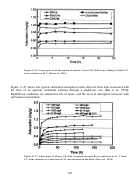 156
156 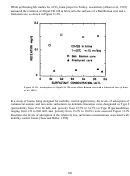 157
157 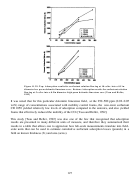 158
158  159
159  160
160 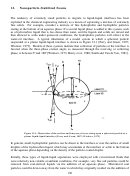 161
161 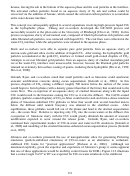 162
162  163
163 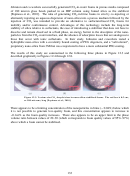 164
164 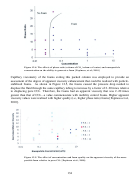 165
165 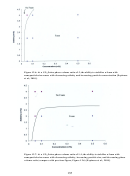 166
166 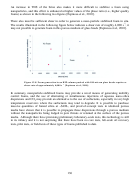 167
167  168
168  169
169 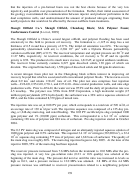 170
170  171
171 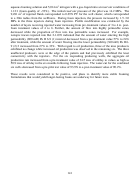 172
172 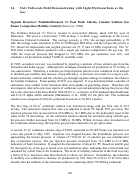 173
173  174
174 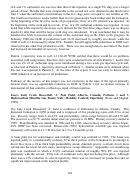 175
175 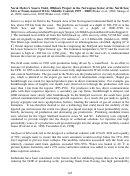 176
176 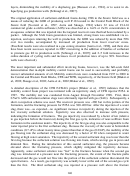 177
177 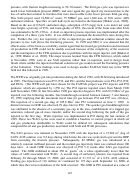 178
178  179
179 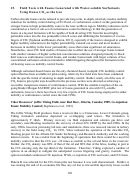 180
180  181
181 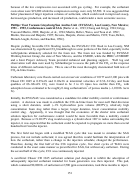 182
182 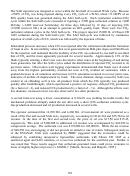 183
183  184
184 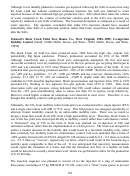 185
185 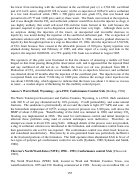 186
186  187
187  188
188 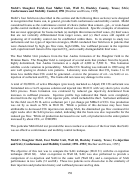 189
189 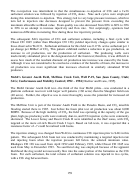 190
190  191
191 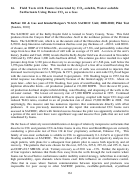 192
192 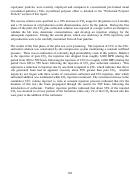 193
193  194
194  195
195  196
196  197
197  198
198 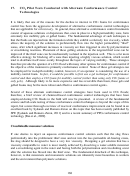 199
199 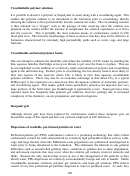 200
200  201
201 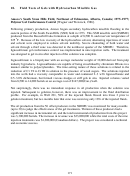 202
202 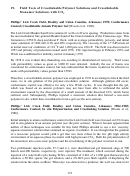 203
203  204
204 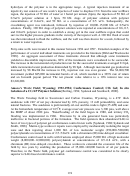 205
205 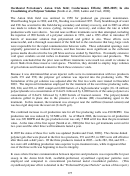 206
206 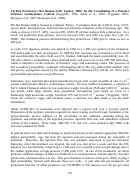 207
207 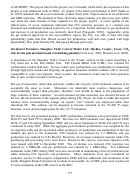 208
208  209
209 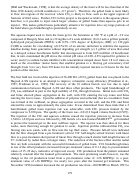 210
210 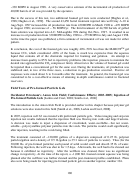 211
211 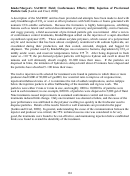 212
212 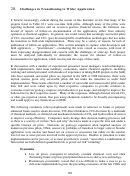 213
213 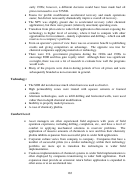 214
214 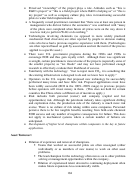 215
215  216
216 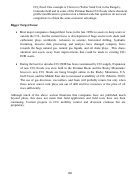 217
217 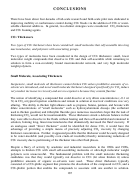 218
218  219
219 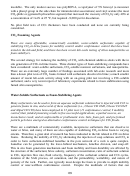 220
220 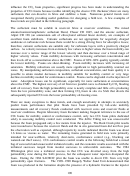 221
221  222
222 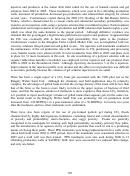 223
223 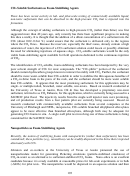 224
224 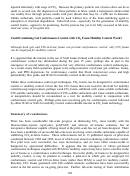 225
225  226
226 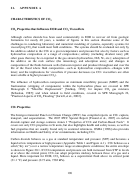 227
227 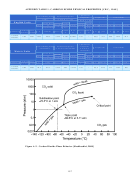 228
228 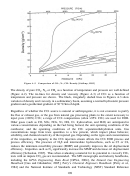 229
229 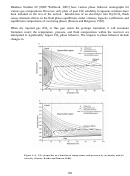 230
230  231
231 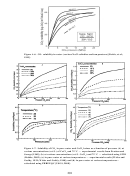 232
232 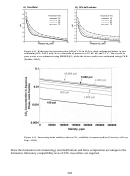 233
233  234
234 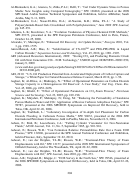 235
235  236
236  237
237  238
238  239
239  240
240 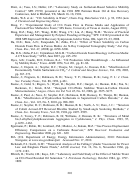 241
241 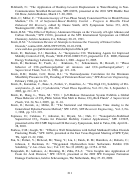 242
242 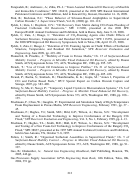 243
243 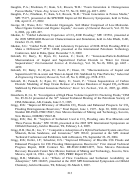 244
244  245
245  246
246  247
247  248
248  249
249 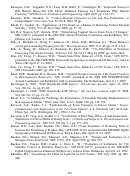 250
250 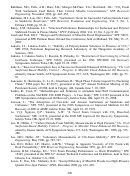 251
251  252
252  253
253 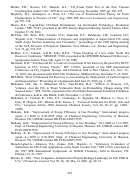 254
254 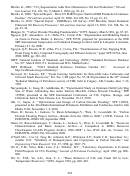 255
255 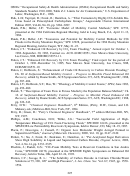 256
256  257
257 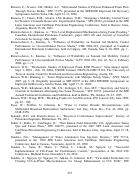 258
258 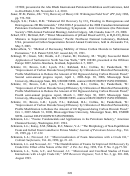 259
259 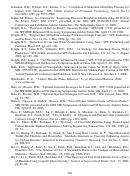 260
260 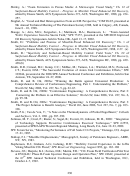 261
261 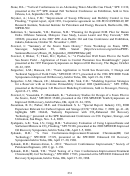 262
262 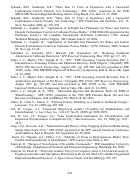 263
263 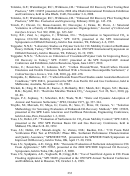 264
264 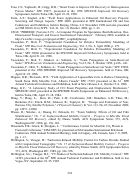 265
265 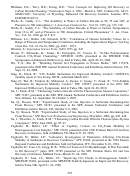 266
266  267
267 During Mobil’s Slaughter Field, East Mallet Unit, Well 31 test in 1991, injection profile
logs indicated that fluids were completely diverted from the thief zone and oil production
in the entire pattern increased by about 26%, or 19 BOPD.
The decline of interest in CO
foams may also have been due in part to the emergence of other
2
conformance control techniques, including monomer solutions that polymerize and crosslink
(gel) in situ, polymer solutions that crosslink in situ, foams that gel in situ, and pre-formed
particle gel dispersions. Marked reductions in mobility have frequently been reported for these
gel technologies, especially in extremely high permeability flow paths where foams are generally
ineffective. These gel methods appear to be more effective and robust than CO
foams, as
2
demonstrated in a series of generally successful field tests conducted beginning in the late 1970s
and continuing until the present day:
At Amoco’s Wertz field ten wells were treated with gels that extended the economic life
of the field by two years, enabling the production of 35,000 to 140,000 barrels of oil per
pattern.
Eighty percent of the 49 wells treated with gels at Rangely-Weber Sand Unit between
1994 and 1997 were considered successes. The $2,060,500 investment yielded 685,000
incremental barrels of oil, which resulted in a 365% rate of return and an 8-month
payout period.
Due to severe channeling of both water and solvent through a thief zone, a lignosulfonate
gel conformance control project was implemented in nine injection wells at Amoco’s
South Swan Hills Miscible Unit located in Alberta, Canada. Thirteen producers had a
significant increase in incremental oil, and the total incremental oil production from this
project was estimated to be 3,300,000 barrels.
Two problem injection wells at the Lick Creek field were treated with a low viscosity,
aqueous monomer solution that contained an organic crosslinker Incremental oil
production attributable to these treatments was 65 BOPD, totaling 25,000 bbl. by
November 1985.
CO
EOR Game Changer Candidate #3: In-Depth Mobility Control CO
Foams
2
2
Research results have demonstrated that surfactant-induced CO
foams are an effective method
2
for mobility control in CO
foam flooding, but have potential weaknesses. Because the foam is by
2
nature ultimately unstable, its long-term stability during a field application is difficult to
maintain. Nonetheless, one can make a convincing argument that the potential of CO
mobility
2
control foams has not been fully explored in pilot tests, especially given the immense body of
promising lab-scale technical knowledge that has been reported. Carbon dioxide-soluble
surfactants, which are currently being tested in the field at SACROC, ensure that the surfactant
appears (and the foam forms) only where the CO
flows. These provide a modest degree of
2
conformance and mobility control, are easy to implement even for operators who only employ
continuous CO
injection, and may greatly reduce the need for alternating slugs of brine. New
2
nano-science technologies may also provide an alternative for the generation of stable CO
2
foam. Using nanoparticles instead of surfactant to stabilize CO
foam may overcome the long-
2
term instability and surfactant adsorption loss issues that affect surfactant-based CO
EOR
2
processes.
vii
ADVERTISEMENT
0 votes
Related Articles
Related forms
Related Categories
Parent category: Legal









